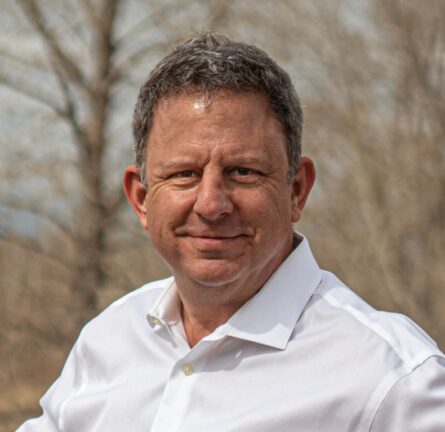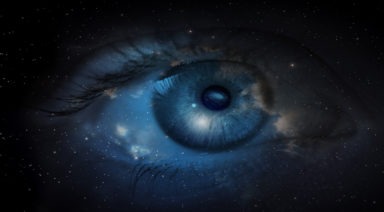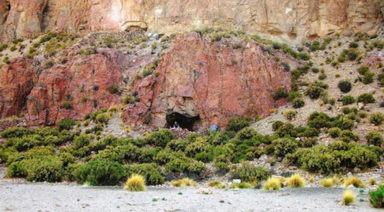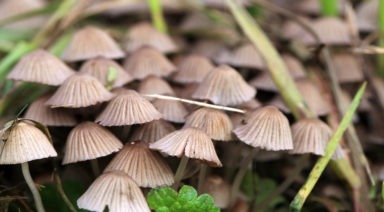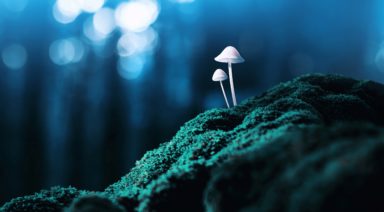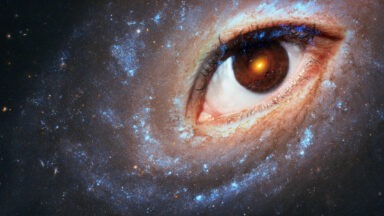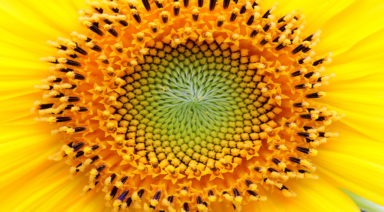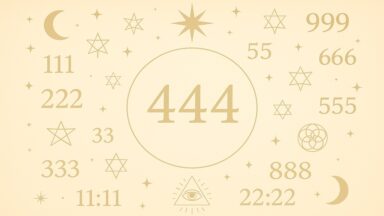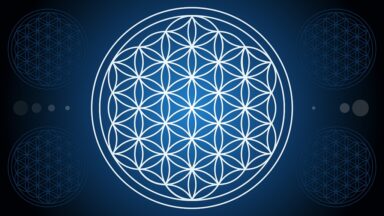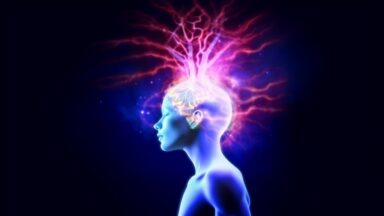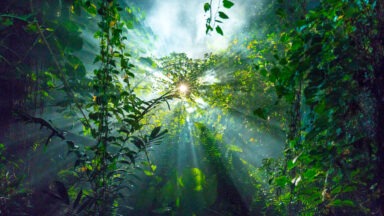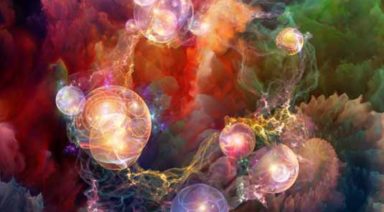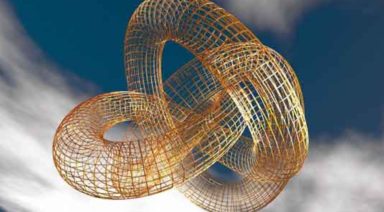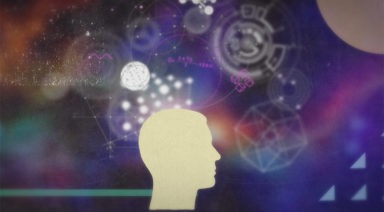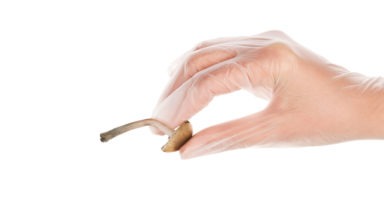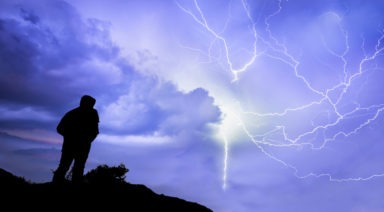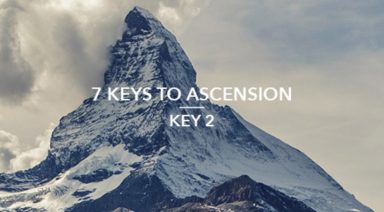Psychedelic Toad Medicine; DMT and the Eternal Consciousness
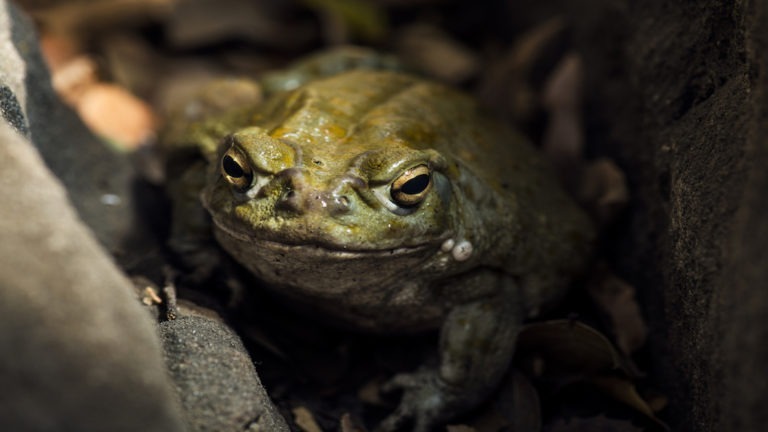
If you’ve ever wandered the warmest areas of Arizona, Southern California, and northern Mexico, you may have been in the presence of the magical, mystical, psychedelic toad medicine. Loved by shamans and utilized by psychotropic experimenters, this little creature is fast becoming a legend.
The Sonoran Desert spans 120,000 square miles, covers large parts of the southwestern United States, and extends into Mexico. This vibrant area includes over 60 mammal species, 350 types of birds, 20 amphibian classifications, more than 100 families of reptiles, 30+ native fish, over 2000 unique plants, and millions of human beings.
The Sonoran Desert is also host to the only population of jaguars in the United States and the amphibian that produces psychoactive toad medicine, otherwise known as Bufo alvarius toad. Why do we care about the Bufo alvarius toad? We care because the glands of our North American salientian friend are filled with the happiest, hippiest, trippiest venom, otherwise known as 5-MeO-DMT.
“It may be that DMT makes us able to perceive what the physicists call “dark matter” – the 95 per cent of the universe’s mass that is known to exist but that at present remains invisible to our senses and instruments.”
― Graham Hancock
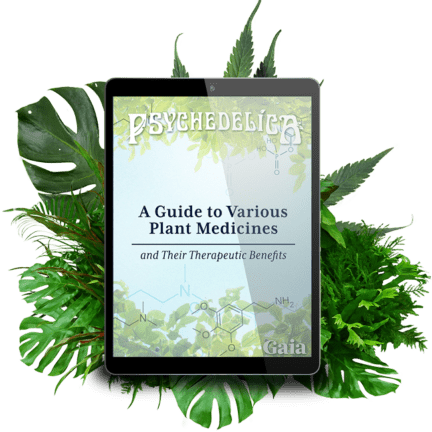
Enter your email below to receive a free ebook
A Guide To Various Plant Medicines and Their Therapeutic Benefits
With street names like Businessman’s Trip, Dimitri, the Psychoactive Toad, and Fantasia, DMT can open the spiritual portal within the human mind and open doors to alien realities and other-worldly realms. While not always a cure-all for sadness and feelings of being detached from life, many people report positive experiences and find it can alleviate depression following use of the drug.
South American shamans use DMT in ceremonies and rituals to initiate mind expansion and healing. Also known as Dimethyltryptamine or N,N-Dimethyltryptamine, DMT is a hallucinogen.
DMT isn’t necessarily a pathway to self-awareness, although it can provide mind-altering and mind-expanding experiences. And while it’s a natural substance that can provoke unusual experiences, not all of them will be positive.
DMT is a natural substance found in plants and within the human brain and is not considered addictive. It can also be extracted from specific plants to create the herbal brew, known as ayahuasca. Ayahuasca uses the root bark of the Banisteriopsis caapi vine, which contains DMT that is then combined with other plants containing an MAOI (monoamine oxidase inhibitor), a compound that inhibits enzymes in the stomach to allow the DMT to produce its psychoactive effects that last up to 15 hours. This is compared to the synthetic smokable form of DMT which elicits a trip between five and 20 minutes. Psychoactive toad medicine and all forms of DMT, currently remain illegal in the United States as schedule I substances.
“When you drink ayahuasca, and you get to see divinity, you can almost never speak of it because it’s too big for words.”
― Gerard Armond Powell
The 5-MeO-DMT Toad: How does it compare to other forms of DMT?
While it also occurs in many plants and animals, including the psychedelic frog, 5-MeO-DMT has not been found in humans. 5-MeO-DMT is distinctive in that, rather than solely birthing stimulating visuals for the consumer, 5-MeO-DMT inspires a unique spiritual experience in the form of a shift in attitude or perspective, possibly akin to the death of the ego or temporary self-identity. This might be why shamans will blow 5-MeO-DMT powder up noses during ritualistic ceremonies to provoke a stunning rebirth following the ego’s death.
5-MeO-DMT might also be useful in healing or decreasing the effects of addiction. Ibogaine and 5-MeO-DMT work together in the creation of mystical experiences, oftentimes inspiring a more motivated or aware mindset. In pursuit of these positive experiences, there are drawbacks. Because 5-MeO-DMT tends to produce a brief journey, the user might have an elevated desire to repeat the experience.
This could lead to habitual use or overstimulation of the parts of the brain that 5-MeO-DMT tends to penetrate. In all, 5-MeO-DMT is useful in opening small windows that might lead to a brief encounter with the eternal consciousness.
Rick Strassman and his book “DMT: The Spirit Molecule”
Strassman is a clinical associate professor of psychiatry at the University of New Mexico School of Medicine, with a focus on psychopharmacology. He has degrees from Stanford University and the Albert Einstein College of Medicine at Yeshiva University. Strassman was among the first people in the United States to experiment with psychedelics. Rick coined the term “spirit molecule,” referring to how DMT can produce fascinating visions, spiritual experiences and the disembodiment of consciousness. He documented his findings in his book, “DMT: The Spirit Molecule.”
The Lazy Lizard School of Hedonism
A renegade group of visionary drug researchers, led by Alexander (Sasha) Shulgin, Darrell Lemaire and their friends, experimented with a massive collection of home-made psychedelics, long before the US government scheduled the drugs as illegal substances. Imagine being on the cutting-edge of psychedelics and consciousness, working in a huge underground cave in a remote location, all in pursuit of helping humanity liberate itself. Seriously, what could be more exciting and fulfilling?
In his series on Viceland, chemist and journalist Hamilton Morris shares a fascinating story featuring Shulgin, Lemaire and a feisty protégé Casey Hardison. The Lizard school’s goals? Aggressively experiment with psychedelics in every form, mass produce them, and distribute them as widely as possible.
While these groundbreaking, psychedelic warriors gave birth to the bridge between the human brain and the mysteries of the universe, they have since moved on to more traditional pursuits, and they did so long before the feds could extinguish their fire. Shulgin died in 2014, and as of this writing, Lemaire is still kicking around at 92 years old. These two powerhouses produced a profound body of work and an almost unimaginable legacy.
Smoking Toad: What Happens After a Psychedelic Trip?
After consuming psychedelics, be prepared for a few days of confusion, as your mind, body, heart, and spirit adjust to your shifts in perspectives and attachments. You might be inclined to sever relationships or make drastic changes. You might feel as though your job is a waste of time or that you’d like to live off berries and prana and live eternally in a tree. You might also experience such a drop in energy that you’ll feel depressed and unable to communicate.
While these things might seem like normal reactions after ingesting psychedelics, some users have reported a complete demolition of their identities, beyond recognition. When our identities are destroyed to this degree, we might never find our way back to a stable persona. In all things psychedelic, be cognizant of set and setting, and ensure proper administration from a trusted practitioner.
“When love is expressed in life and imbued into every great work, the potential for evolution expands exponentially.”
― Jennifer Sodini, “Amenti Oracle Feather Heart Deck and Guide Book”
**Gaia does not condone harmful practices against animals. There are responsible groups that extract the venom of the Sonoran Desert Toad without harming the animal. For more info visit this site.
Scientists Want to Know More About DMT Entities People Encounter
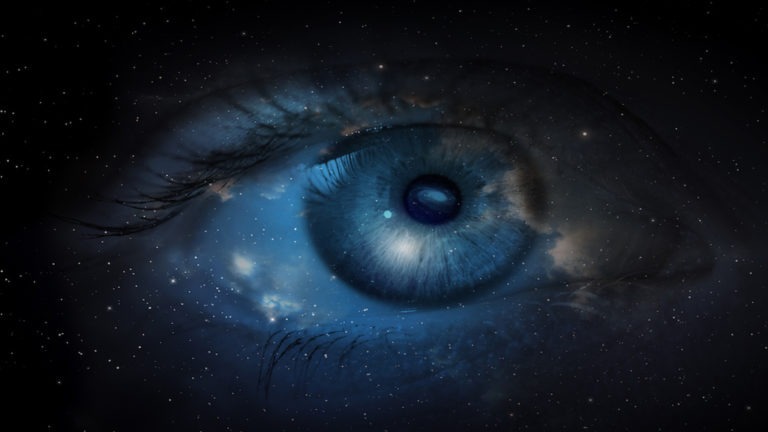
DMT is one of the most potent entheogens known to man, and the trip it induces is significantly different than other psychoactive substances. Users describe being transported to a distant realm where they meet seemingly autonomous entities, and often those same entities appear to different people. Now, researchers are attempting to catalog these experiences to figure out just what, or who, those DMT entities are.
DMT comes in more than one form and is an endogenous compound found in a multitude of plants, animals, and humans. Since it was synthesized in 1956 by Hungarian chemist Stephen Szara, it has baffled both users and researchers alike.
Recently, Dr. Roland Griffiths, a behavioral psychiatrist at Johns Hopkins University, published a questionnaire asking anyone who has taken DMT and met autonomous entities–beings that seem to act independently of one’s self–to provide details of their experience.

